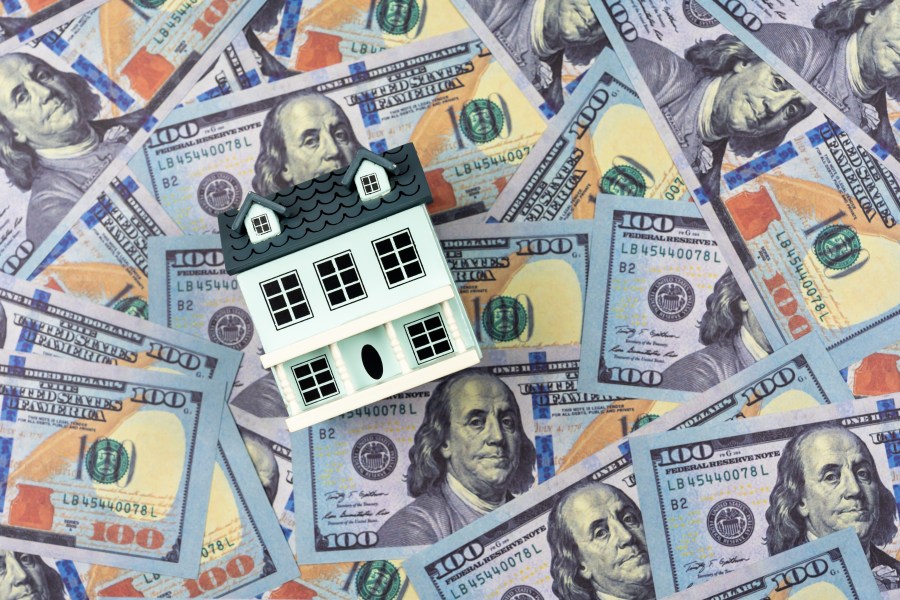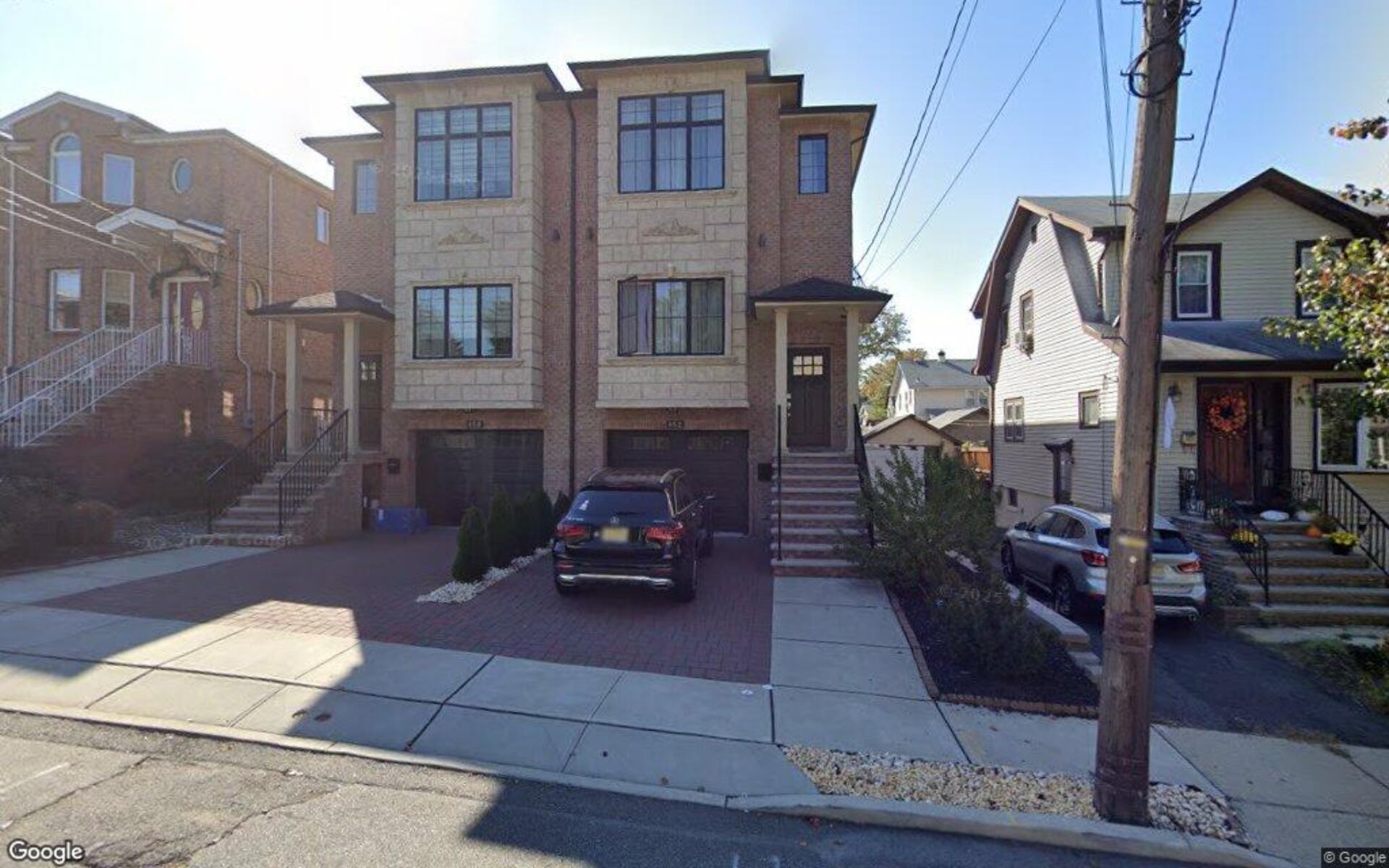Homeownership Eludes Many as U.S. Housing Costs Skyrocket

For millions of Americans, the aspiration of owning a home is becoming increasingly unattainable. This trend is particularly pronounced in California, where the financial hurdles are dauntingly high. A recent analysis of housing affordability indicates that the income required to purchase a typical home has surged to nearly $125,000 nationwide—far exceeding the U.S. median household income of $77,719.
In California’s priciest cities, the required income is more than double, and in some instances, even quadruple. In San Jose, the epicenter of Silicon Valley’s tech industry, a household must earn $547,368 annually to afford a median-priced home, as revealed by a joint analysis conducted by ConsumerAffairs and the Urban Institute. In Los Angeles, where the median household income stands at $93,525, prospective buyers need to earn $318,103 to afford a home.
Top U.S. Cities with High Homeownership Costs
According to ConsumerAffairs, the top 10 U.S. metropolitan areas where residents require the highest incomes to afford a home are:
- San Jose, CA – $547,368
- San Francisco, CA – $386,359
- Santa Cruz, CA – $377,260
- Santa Maria, CA – $324,300
- Los Angeles, CA – $318,103
- San Diego, CA – $310,119
- San Luis Obispo, CA – $293,793
- Oxnard, CA – $292,252
- Salinas, CA – $279,321
- Honolulu, HI – $277,997
Factors Driving the Housing Crisis
Experts attribute the affordability crisis to a combination of skyrocketing home prices, high interest rates, and stagnant wage growth. From 2012 to 2024, the typical monthly home payment, encompassing mortgage, insurance, taxes, and maintenance, nearly tripled from $1,091 to $2,889. Consequently, a household now needs to earn $123,826 annually to adhere to the recommended “28/36” budgeting rule, according to the study’s authors.
“One of the biggest culprits for rising house prices is the lack of affordable housing supply,” said Katie Visalli, a research analyst at the Urban Institute. “Zoning restrictions and limited new construction have created a bottleneck that’s pushing prices higher and higher.”
The Widening Affordability Gap
The affordability gap has widened dramatically since 2020. In just four years, the income needed to afford a home has leapt by nearly $57,000, an increase of more than 85%, the study found.
Meanwhile, the share of homes affordable to a family earning $75,000 has plummeted to just 21%, down from 49% before the pandemic, according to the National Association of Realtors.
For many renters, the most significant obstacle to becoming a homeowner remains the daunting down payment, typically ranging from 3% to 20% of the sale price. However, experts caution that the down payment is merely the starting point.
“If you’re getting ready to apply for a mortgage, you need to know exactly how much you can afford each month—not just the loan, but insurance, taxes, and maintenance,” Visalli advised.
Looking Forward: Solutions and Challenges
The challenge of homeownership affordability is likely to persist unless significant policy changes are implemented to increase housing supply and address wage stagnation. Urban planners and policymakers are urged to consider reforms in zoning laws and incentives for new construction to alleviate the pressure on the housing market.
As the American Dream of homeownership continues to slip away for many, the question remains: what steps will be taken to ensure that future generations can achieve this once attainable goal?






